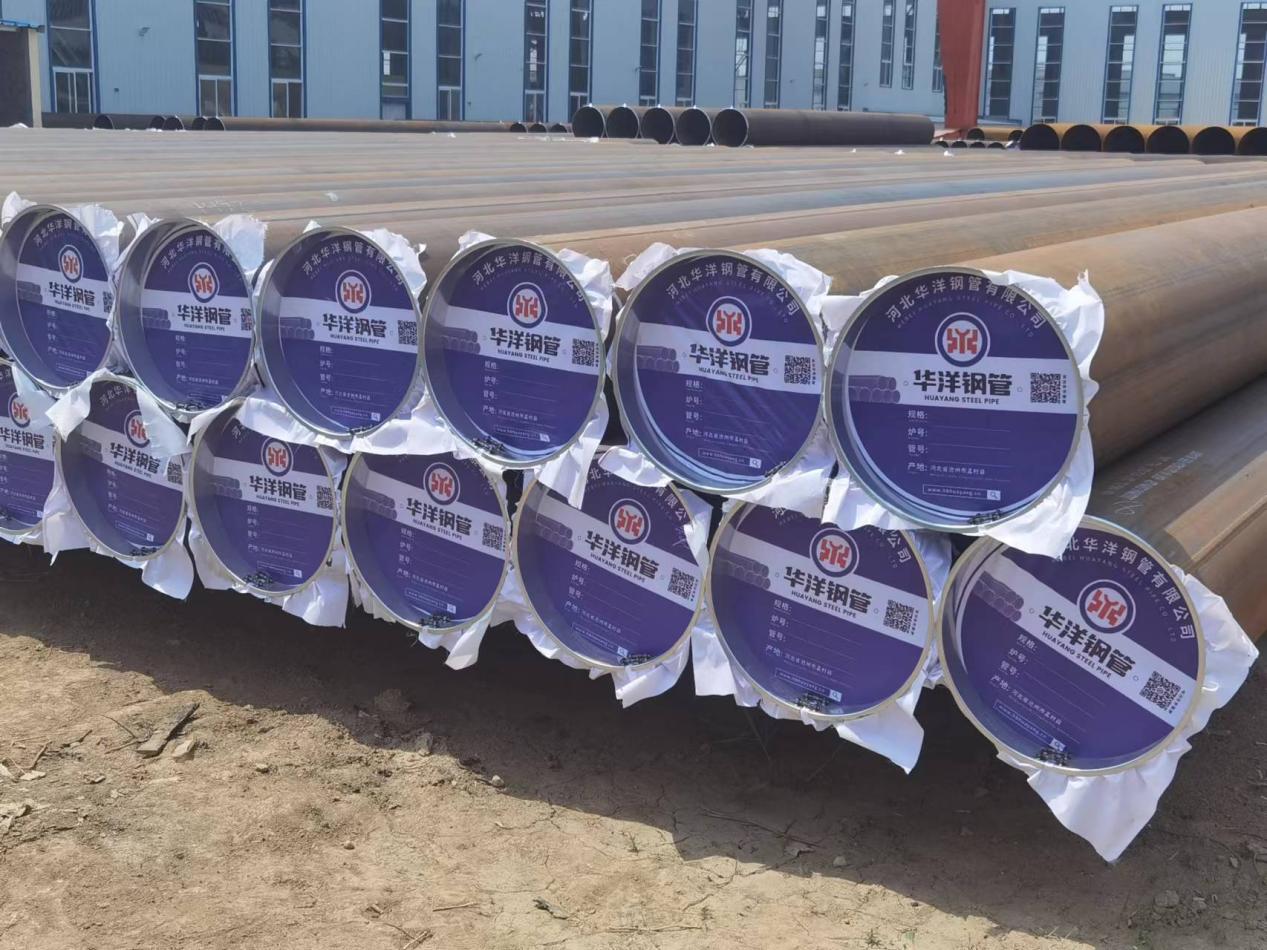1 月 . 26, 2024 10:29 Back to list
Stainless steel-Why 304 stainless steel pipe is magnetic
Why 304 stainless steel pipe is magnetic
It is generally believed that austenitic stainless steel (represented by 304) is non-magnetic, but sometimes it may have certain weak magnetic properties, while ferrite (mainly 430, 409L, 439 and 445NF, etc.) and martensite (represented by 410 Represented) are usually magnetic.
Some steel grades in stainless steel welded pipes (such as 304, etc.) are classified as "non-magnetic stainless steel", which just means that their magnetic index is lower than a certain value. In other words, stainless steel is more or less magnetic. . When the stainless steel welded pipe is produced, it is extruded through the mold, and the iron molecules in the mold will more or less penetrate into the surface of the pipe, resulting in weak magnetism.
In addition, as mentioned earlier, austenitic stainless steel is non-magnetic or weakly magnetic, while ferrite and martensite are magnetic. However, due to composition segregation or improper heat treatment during smelting, a small amount of martensite will also be formed in austenitic stainless steel. Tentenite or ferrite structure, such austenitic stainless steel will produce weak magnetism.
In addition, after austenitic stainless steel is cold-worked, part of the austenite structure will also transform into martensite. The greater the cold-working deformation, the more transformed martensite structure, and the stronger the magnetism of stainless steel.
In order to completely remove the magnetism of the austenitic 304 stainless steel welded pipe, the stable austenite structure can be restored by high temperature solution treatment, thereby removing the magnetism.
Since the magnetism of a material is determined by whether the molecular arrangement is regular and the isotropy of the electron spin, the corrosion resistance of the material is determined by the chemical composition of the material, that is, the chemical properties of the material, which is related to whether the material is magnetic or not. irrelevant.
Jasmine
The Issue about Strong and Weak Metals
In their natural states, metals such as brass, copper, gold, and silver will not attract magnets. This is because they are weak metals to start with. Magnets only attach themselves to strong metals such as iron and cobalt, and that is why not all types of metals can make magnets stick to them, which answers the question “why are some metals not magnetic?” However, you can actually add properties such as iron or steel into the weak metals to make them stronger. Even adding a very small amount of iron into a metal like gold can make it become magnetic.
A53 ERW STEEL PIPE
Stainless Steels and Magnets
Steel is a metal that magnets stick to because iron can be found inside steel. However, stainless steels comprise a large group of steel alloys that are made of different metal compositions. While some have more chromium, some might have more iron in them. That is why you will find that while some types of stainless steels are magnetic, other stainless steel types will not make magnets stick to them, providing answers to age-old questions “will a magnet stick to stainless steel?” and “why are some metals not magnetic?” Stainless steel is often used in a wide range of home appliances, so if you experiment, you might find that your fridge magnet sticks to your oven but does not stick to your rice cooker.
Magnets Do Not Stick to Non-Metal Materials
Most people know from experience that magnets do not stick to non-metal materials such as wood, plastic, fiberglass, textile. The academic term for materials that do not attract magnets is diamagnetic. That is why you won't see a magnetic business card sticking to a wooden desk, for example!
 (1).jpg)
A Wide Range of Surfaces that Attract Magnets
There are many surfaces that magnets are attracted to, and that is why magnets have a wide audience as a marketing tool. If you’re looking for magnet ideas to advertise your business, you’re in the right place! Many tourists choose magnets as souvenirs, and many businesses choose custom printed magnets for their advertising needs. These types of magnets are very affordable and have long-lasting appeal. For example, magnets can stick on whiteboards, school and work lockers, cars and trucks, most refrigerators and dishwashers, office filing cabinets, metal shelving and industrial equipment, metal toolboxes, and many more items found in the home or office. Magnets are a great tool to spread the word about your local business or to support a cause that you care about. So, the next time someone asks you, “does a magnet stick to stainless steel?” or “do magnets stick to aluminum?” answer them with confidence and scientifically-backed reasoning.
-
High Quality Mild Steel Pipe Manufacturers in China for Exporting Premium Industrial Solutions
NewsAug.01,2024
-
Exploring Key Characteristics of Wholesale API Steel Pipes for Your Business Needs
NewsAug.01,2024
-
Current Wholesale Prices for ERW Steel Pipes in the Market Right Now
NewsAug.01,2024
-
Exploring the Diverse Applications and Benefits of China Round Steel Pipes in Construction and Industry
NewsAug.01,2024
-
Top Quality API 5L ERW Steel Pipe Manufacturer Offering Reliable and Durable Solutions for Your Needs
NewsAug.01,2024
-
Reliable Supplier of Premium Quality Concrete Pipes for Durable Construction Projects
NewsAug.01,2024
